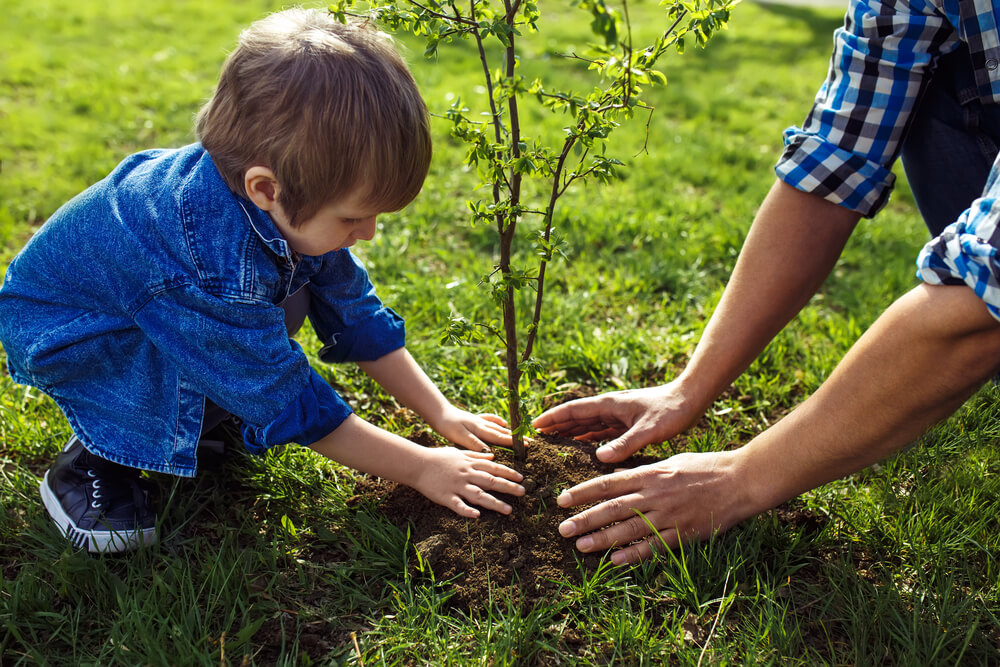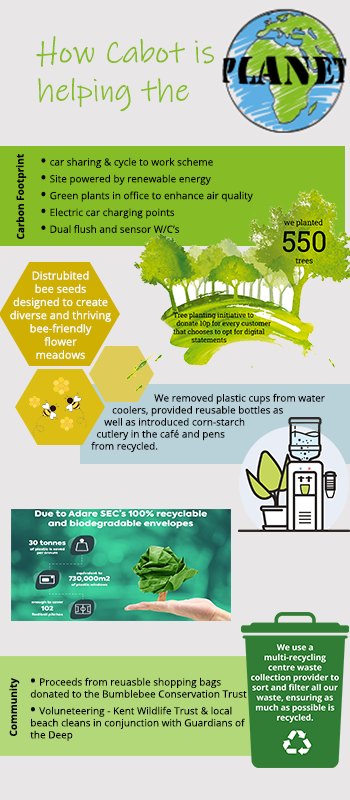With the main drivers of climate change falling at the feet of fossil fuels, transportation and agriculture emissions, you may be wondering what we can do to make a difference. Here’s how you can contribute to lowering your carbon footprint at home:

.
1. Reduce, Reuse, and Recycle
Stick to the three R’s. Try to cut down on what you throw away, a lot of waste ends up on landfills, which emits a great deal of methane and can take decades, even centuries to decompose.
With this is mind, recycling as many items as you can will go a long way in helping to reduce emissions. Here are a few tips:
• Upcycle furniture instead of throwing it out and buying new pieces.
• Ditch fast fashion and get thrifty, a sustainable way to upgrade your old garments by trading in or buying used clothing and footwear.
• Get creative in the kitchen, eat up leftovers instead of throwing them away, and rustle up something quick easy and tasty using spare ingredients – you’ll be surprised at what you can put together using staple cupboard foods, herbs and spices.
• Composting organic waste you can’t eat is a great way to help your plants grow, by enriching the soil, retaining moisture and supressing pest and diseases.
2. Eat sustainable foods
Even with 25% of greenhouse emissions coming from large scale food production, there are still things you can do to eat sustainably and help reduce your carbon footprint.
Buy from local farm shops if you can, or if you have the space, growing your own fruit, vegetables and herbs can be a great way to cut your food shop costs too.
Palm oil continues to be a big driver of deforestation but switching to alternatives can be even worse for the environment, so when shopping look out for products containing RSPO certified sustainable palm oil.
And lastly, try to reduce your meat intake. Agriculture makes up more than 14% of all man-made greenhouse gases, including methane, so eating more whole grains, vegetables, fruits and nuts, and less meats and processed foods is a great way to do your part in helping to tackle climate change.
3. Give up plastics
How we can help
- Stop buying bottled drinks
- Use a reusable bag when shopping instead of buying a plastic one
- Ditch plastic straws and drink from a reusable cup
Not only does plastic affect our oceans and marine life but they generate enormous amounts of greenhouse gases due to fossil fuels being used to produce plastics.
The numbers are astonishing: People around the world buy 1 million plastic drinking bottled every minute and use up to 5 trillion single-use plastic bags every year.
What’s worse is that only about 9% of plastic gets recycled, leaving 8 million tons ending up in the ocean every year.
Reducing your plastic use can help to divert a ton of waste from the oceans and landfill.

.
4. Conserve water
What has conserving water got to do with helping the planet you might be wondering?
Well, not only does using water in our homes use energy to filter, heat and pump, increasing our carbon footprint, but only 3% of water on Earth is fresh water, 0.5% of which is available for drinking. With this in mind, it’s important we try to conserve as much water as possible.
The little things can make a big difference. If you turn off the water whilst brushing your teeth, you’re already on the right track.
Check your faucets and pipes for leaks, you could be dripping away 5,500 litres of water a year.
You can find more tips on savings water here.
5. Use long-lasting light bulbs
LED lightbulbs are considered one of the greenest sources of lighting, as they are one of the most energy efficient lighting technologies, lasting up to 25 times longer than traditional bulbs. Most importantly, upgrading to LED bulbs significantly reduce greenhouse gas emissions in comparison to traditional light bulbs.
Tip: Watch out for compact fluorescent light bulbs (CFLs), they may be energy efficient, using up at least two-thirds less energy, but they’re hard to dispose of due to the mercury content and therefore need to be recycled.
If you haven’t already, start replacing your old incandescent bulbs with LED bulbs. Also, don’t forget to flip the light switch off when you leave the room!
6. Plant a tree (or two)

In 2018, it was suggested that an additional 2.5 billion acres (1 billion hectacres) of forest in the world could limit global warming to 1.5 degrees Celsius by 2050, according to the United Nations’ Intergovernmental Panel on Climate Change (IPCC) report.
Well, what does this mean?
Simply put, trees help to combat global warming - the more we plant the better for us and the planet. So, if you have space in your garden, get your gloves out and plant a tree. You can find tips on what to consider when planting a tree here.
If you don’t have a garden, there are lots of environmental initiatives you can get involved in such as:
- Donating to a tree planting charity, or contacting them to see if you can volunteer in planting season
- Join a tree network in your area, if there isn’t one set one up
- Get involved with campaigns in your local area
- Protect existing trees by requesting a Tree Preservation Order
Here are some facts for you:
• One young tree can absorb CO2 at a rate of 13 pounds (5KG) per year, every single year.
• Once that tree reaches about 10 years old, it can absorb 48 pounds (21KG) of CO2 per year.
• They absorb toxic chemicals such as particles, odours, nitrogen oxides, ammonia and sulphur dioxide.

.
